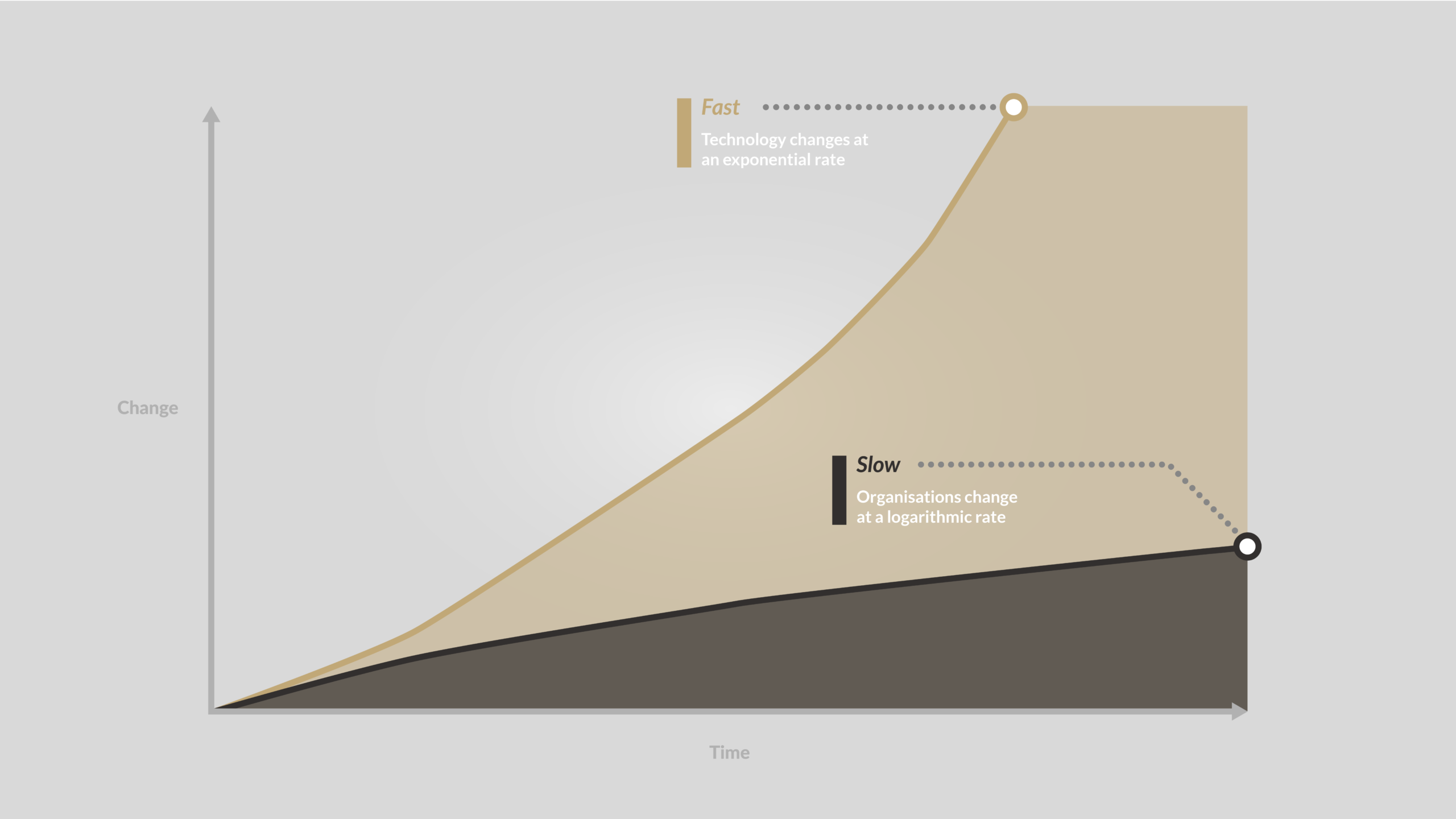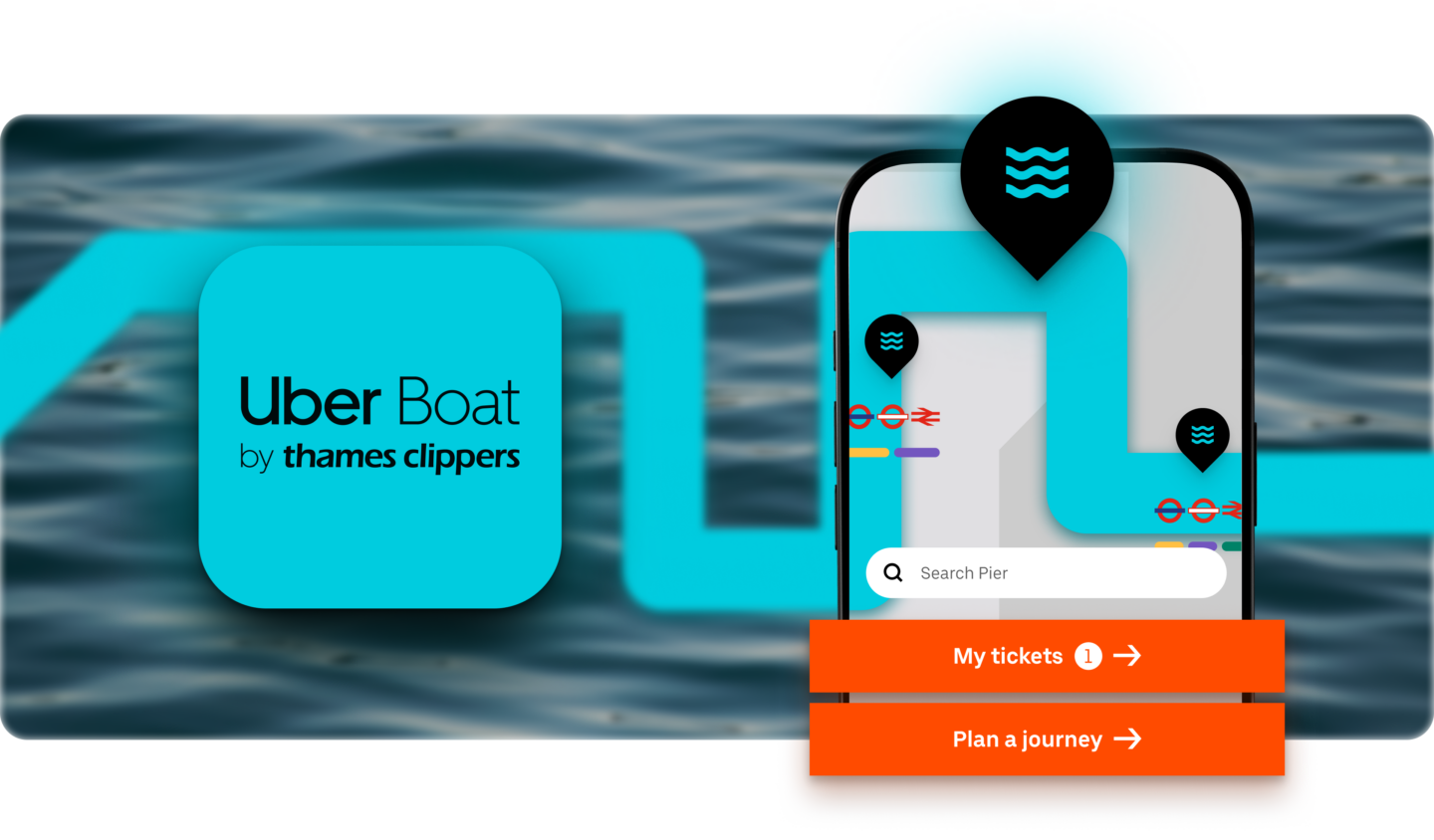






Good ideas aren’t good enough anymore.
A bold statement? Perhaps, but when it comes to digital innovation it takes more than a good idea for a project to be successful.
We are incredibly fortunate to be living in a time where information and knowledge is more accessible than ever. From the intellectual capital cached within your employees to your customers’ behaviour and feelings, data is all around us.
And yet… ambitions generally fail because the basic assertion driving them, their premise, has not been examined closely enough at the outset. The ‘knowledge’ available to businesses and organisations hasn’t been harnessed to its full potential, making them unable to appropriately scrutinise ideas before they become fully-fledged projects.
To make matters worse, a recent research paper from Stanford University has suggested that ideas are becoming harder to find. The way organisations approach ‘idea production’ is no longer optimal and is unlikely to improve as we look to the future.
So, what’s going wrong?
It’s likely you will have started your project with all the right intentions, but the old methods just aren’t working anymore; internal processes aren’t efficient, or external channels need reinvigorating. Senior stakeholders gather to discuss the options and doing something digitally innovative emerges as the silver bullet.
Done right, innovation can provide countless opportunities to creatively engage audiences alongside delivering operational efficiencies that can keep organisations running at the same speed as their leaner, fresher-faced competitors. Done wrong, however, digital innovation can have disastrous effects on a business. At best, poor execution is costly, and at worst it can steer an organisation to a point of no return. (The last 20 years are littered with examples of brands who have made fatal missteps and miscalculations when it comes to digital innovation).

Remember Blockbuster stores?
Sadly, getting it right is hard. And even when digital innovation is done right, it is often short-lived as organisations inevitably revert to old, ingrained behaviours; the status quo remaining unmoved.
Innovation (digital or otherwise) is powered, in its purest sense, by ideas. So, the cause of failure is often a simple one: ownership of these ideas.
Ask yourself, in delivering your last project what percentage of your business was consulted? How many people had a say in the ideas that were formed, in the ideas that would later form the foundations of the entire project? I would hazard a guess it was less than 5%, which means 95% of the business, and your available intellectual capital, wasn’t utilised. That’s a lot of waste. Worse still, by limiting idea ownership to a select number of individuals the risk of cognitive biases influencing decisions only increases. (The Ikea effect is a good example of how humans can quickly become blindly invested in things they create).
Next, ask yourself when the customer first had a say in the idea? If the answer is before launch as part of user acceptance testing, then it’s too late. If the answer is during design, too late still; the customer needs to have a say from the get-go. Not only will they quickly let you know if your ideas are bad, they will also offer up alternatives – which are often much better.
Ownership of ideas should not sit with just a few individuals within the organisation, and almost certainly needs to involve the customer (or end user) from day one. But that’s an easy statement to make, I know. “Aligning internal stakeholders in my business is nigh impossible!” I hear you exclaim. This notion is underpinned by Martec’s law which states that while technology develops at an exponential rate, organisational change is much slower. Businesses are designed to make considered movements, which is good in many ways, however this attitude not only makes organisations slow, but it makes them more inclined to want to kill ideas.

Martec’s Law
But what if there was another way? The good news is that there is; effective and impactful ideation can, and should, be primal in its approach. Returning to the basics and asking the right people the right questions at the right time is often all that is needed to ensure you’re starting your innovation journey on the right foot.
The best place to start is with an ‘Extraction’ workshop, in which the intent is to gather a representative sample of stakeholders from across the entire business, not just a single department. With the group assembled the goal is to encourage discussion, stimulate imaginative thinking and extract key business knowledge. This should then be followed by open conversations with the target customers to unearth hidden truths about the existing customer-brand experience.
Front-loading your project with these two basic steps will significantly reduce the shroud of uncertainty regarding the business’ capabilities and customers’ pain. (As a side note: if the people involved in talking to the customer are different to the people innovating then you will only dilute the project’s potential).
Having uncovered and understood the business and customer intelligence you’ll then be ready for the diverse yet convergent thinking required to generate ideas. But with ideas becoming harder to find, organisations are demanding a higher output of ideas for effort invested. This is where collaborating with unbiased partners can really help. Ideas need a mixture of perspectives in order to thrive; they need storytellers, anthropologists, psychologists, engineers and designers.
The right partners should see you benefit from:
The right partners will also be ready to challenge your ideas with a level of scrutiny unavailable to business stakeholders, as they’ll hold an unbiased, untainted perspective.
If you follow these steps, you’ll move from having a good idea owned by a select few and validated by the customer just before launch, to having a great idea owned by the entire business and validated by the customer from the start.
It takes a village to raise an idea; create the right community for an idea and it is much more likely to not only survive, but to flourish.



Connected commerce that scales. We design, engineer, and enable seamless ecosystems that connect channels, people, and performance, and convert across every touchpoint.
Learn more